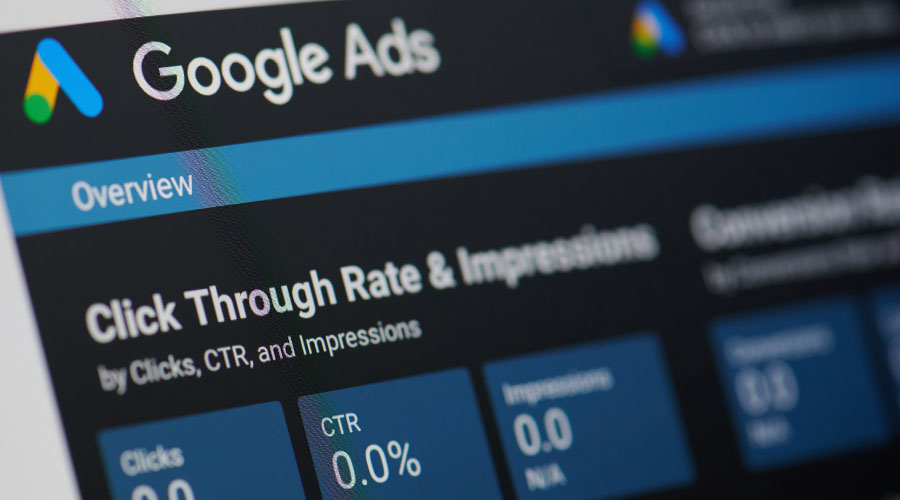Behavior Is the Algorithm
Understanding SEO Behavioral Factors That Actually Impact Google Rankings
Good SEO isn’t about writing blogs faster. It’s about understanding how people make decisions and building content that aligns with those decisions.
If you’ve ever opened a keyword tool, picked a high-volume phrase, and asked ChatGPT to write a blog about it, you’ve technically “done SEO content.” But chances are, you haven’t earned visibility, and you haven’t earned trust. The search engine didn’t see what it needed and more importantly, neither did your audience.
Behavioral factors—what people actually do when they search—are what drive rankings. That’s not just a theory. That’s the feedback loop that governs SEO today.
If your SEO strategy doesn’t account for how your audience thinks, feels, and acts before they buy, then no amount of optimization is going to get you where you want to go.
What Are SEO Behavioral Factors—and Why Do They Matter?
When we talk about SEO behavioral factors, we’re referring to the ways users interact with your website and how those behaviors influence your rankings over time.
Google never shows you a dashboard labeled “behavioral signals.” But they’re baked into the way the algorithm prioritizes content. If users click on your result and bounce back immediately, that’s a signal. If they stay, explore more pages, and don’t return to the search results—that’s a different signal. Neither is absolute, but both contribute.
Some of the most important behavioral factors include:
- Click-through rate (CTR) from search results
- Dwell time, or how long someone stays on your page
- Pogo-sticking, when someone clicks your page, then immediately goes back to choose another result
- Return visits to your site or branded queries later
- On-page engagement, like clicking internal links or scrolling through content
These are not direct ranking factors in the old-school technical sense. But they’re part of the behavioral modeling Google uses to interpret whether your content satisfied the user’s intent. And if it didn’t, your content will be outranked by something that does.

What Influences Those Behaviors? Empathy, Not Just Keywords
This is where most SEO content fails. It focuses on the keyword, but not the context that drives someone to search in the first place.
For example, someone searching “fleet tracking software” might be:
- A frustrated operations manager trying to reduce costs
- A new logistics hire trying to evaluate vendors
- A small business owner trying to understand what GPS tracking would even do for them
Each one has a different emotional trigger, different expectations, and different definitions of “useful content.” If your content doesn’t address those underlying needs, it doesn’t matter how well it ranks for a day or two because it won’t perform long-term.
Good SEO starts with understanding the inciting incidents behind the search.
What happened before they opened the browser? What pain or question are they trying to resolve? What does “useful” mean to them in that moment?
That’s what separates top-performing content from surface-level copy. It’s not just technically optimized. It’s behaviorally aligned.
Search Engines Are Built on Human Patterns
At its core, Google’s job is to give users what they want—quickly, confidently, and accurately. So everything the algorithm does, from natural language processing to page speed prioritization, is aimed at modeling and responding to real human behavior.
That’s why content that performs well often doesn’t come from keyword stuffing or gaming the system. It comes from deeply understanding:
- What problem the user is trying to solve
- What they expect to find when they click
- What experience they want when they land on your page
- What emotion they need to feel to move forward (informed, reassured, validated, etc.)
You don’t need to guess at these behaviors. You can observe them. Tools like Google Search Console, Hotjar, or GA4 behavior flows can help you see how users engage—or disengage—with your site. And that’s where the real SEO strategy begins.

Content That Ranks is Content That Resonates
Here’s a practical example: we worked with a B2B SaaS client targeting keywords around “automated compliance reporting.” Their previous agency had focused on high-volume variants, wrote technical blog posts, and built dozens of backlinks. Rankings never stuck.
We rewrote the page with a single focus: empathy.
We interviewed their customer success team, identified the most common frustrations their clients had before purchase, and rewrote the content to address those anxieties in plain language. No extra links. No keyword games. Just clarity.
That page climbed to the top three results for multiple high-value terms, and stayed there. Why? Because it answered the emotional and practical intent behind the search. It performed better because users behaved like it was useful.
Behavioral SEO Is the Future Because It’s Always Been the Point
If you take one thing away from this post, let it be this:
User behavior doesn’t influence search rankings. User behavior is what determines search rankings.
Search is a system built to measure satisfaction at scale. If your content doesn’t deliver on the expectations behind the query, your rankings will always be unstable. That’s why great SEO and content marketing starts with strategy, not software. Tools can help you find patterns. But empathy helps you meet needs. And that’s what makes content visible, credible, and valuable—today and tomorrow.
If you’re looking to build an SEO strategy rooted in real audience behavior—not just keywords—let’s talk.
Speak with an SEO strategist at Anvil
Behavior Is the Algorithm, Digital Marketing Agency | Portland PPC SEO Services | Anvil Media

